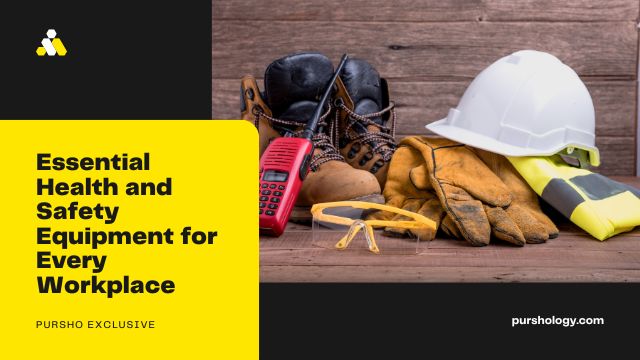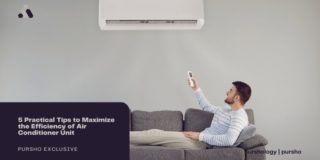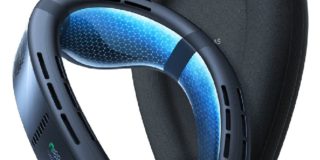Employers have a legal, moral and financial responsibility to keep their workers safe. The legal responsibility comes from the Health and Safety at Work Act 1974, which imposes a duty to provide a safe working environment. The financial responsibility stems from the fact that workplace injuries and illnesses will dampen productivity, and increase staff turnover in the long-term.
Health and Safety at Work
So, what do we mean when we talk about ‘health and safety at work’? In practice, it’s not any single thing, but a wide range of responsibilities aimed at protecting workers from a wide range of threats. These threats might include objects falling from height on a construction site, as well as chronic back pain inflicted upon sedentary office workers. In outdoor environments, items like hard hats and high-vis vests might be worth their weight in gold. But what about indoor work?
What Health and Safety Equipment do you Need in Your Office?
If you’re running an office, then it’s worth investing in several key pieces of health and safety equipment. These include:
Fire Extinguishers
If a fire should start in your office, you’ll want the ability to deal with it at source. Every member of staff should be trained in the use of fire extinguishers. In practice, they’re very easy to handle, so the training needn’t be long or burdensome. Make sure that you get the appropriate colour-coded extinguisher.
First Aid Kit
Your first aid should include everything required to deliver first aid. This means plasters, bandages, wipes, scissors and antiseptic cream. If you use any of the items, then be sure to replace them. You can find ready-stocked first aid kits, too.
Fire Alarms
You have a legal duty to fit smoke alarms and carbon monoxide detectors throughout your premises. Not only that, but you should be testing them regularly, and logging any failures.
Emergency Lighting
This is what will guide your employees out of the building in the event of an emergency. It should be on a backup, such that the emergency lighting should still be visible if the power should be cut. Your emergency lighting should be tested regularly to ensure that it’s in good working order.
Chairs
While the furniture in your office is unlikely to inflict an injury in a single moment of failure, it must be stressed that cheap chairs and tables will tend to be bad for posture, which will lead to pain and absenteeism in the long run. You might be able to pick up quality office furniture cheaply, since offices are constantly closing down, and the furniture often needs to be liquidated quickly.
Conclusion
In most cases, the provision of health and safety equipment will cost a little bit of money. But the investment may be returned several times over by the avoided losses in productivity and labour. So, make sure that you spend the money on the right equipment ahead of time!




